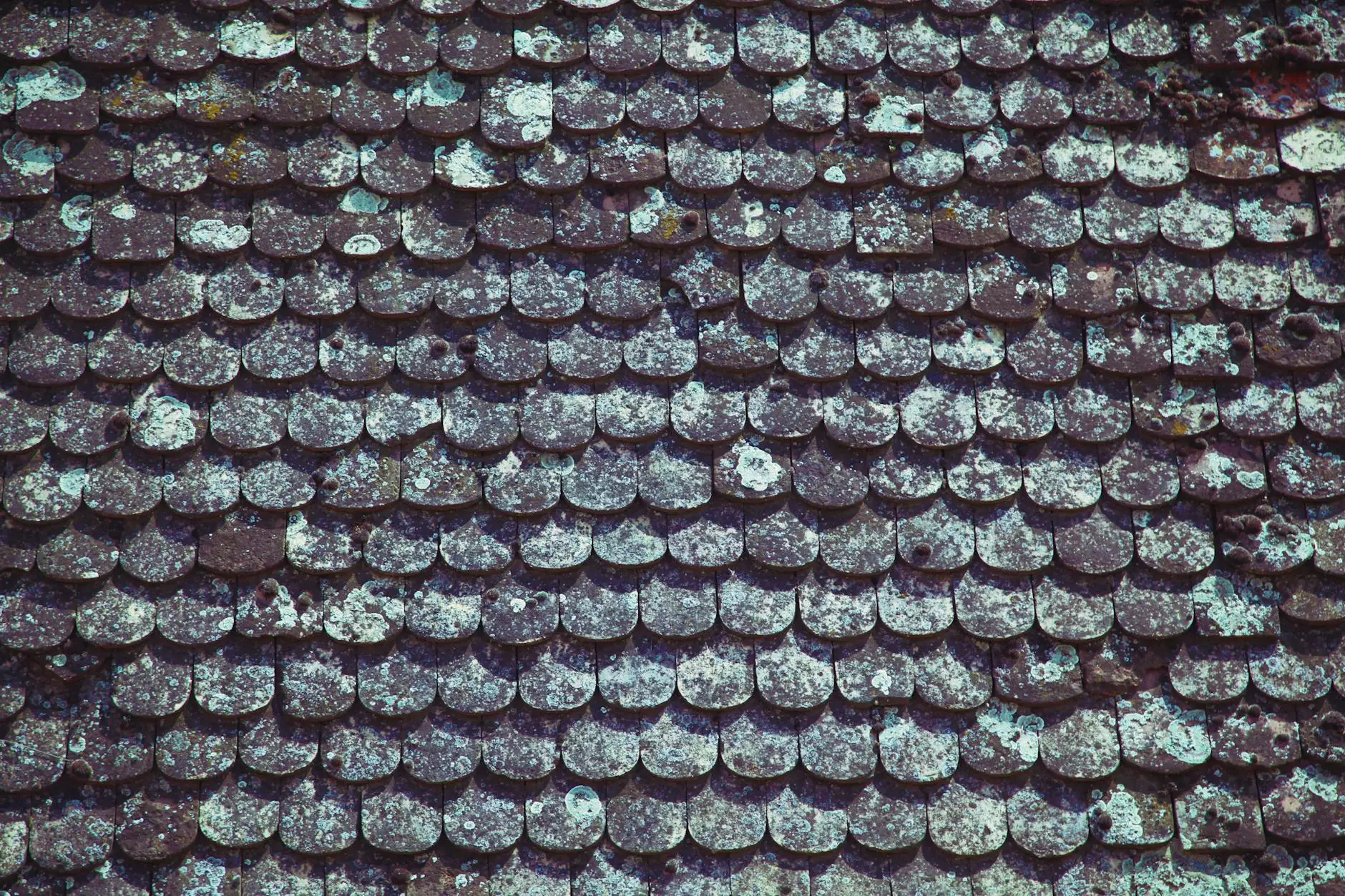Spot Hail Damage From Ground Level
Roof Repairs
Introduction
Welcome to Aaron’s Quality Contractors, your trusted source for home improvement and maintenance services. In this comprehensive guide, we will help you learn how to spot hail damage from ground level. Hailstorms can be devastating for your property, causing significant damage to roofs, siding, and more. By identifying hail damage early on, you can take the necessary steps to protect your home and prevent further issues. Let's dive into the details and learn how to detect hail damage without climbing up on your roof.
Understanding Hail Damage
Hail damage is visible evidence of hail hitting and damaging various parts of your property. It can affect your roof, gutters, siding, windows, and even outdoor equipment. Identifying hail damage is crucial as it may lead to leaks, structural problems, and decreased energy efficiency. By being able to spot hail damage from ground level, you can initiate repairs promptly and ensure the integrity of your home.
Signs of Hail Damage
When assessing your property for potential hail damage, look out for the following signs:
- Dented Gutters: Inspect your gutters for dents, especially along the edges.
- Cracked or Broken Windows: Check for cracks or shattered glass in your windows.
- Pooling Water: Look for excessive pooling or water accumulation in certain areas, as it may indicate damage to your roof.
- Chipped Paint: Examine your exterior surfaces for chipped or cracked paint, particularly on siding or trim.
- Loose or Missing Shingles: Keep an eye out for shingles that appear loose, curled, or entirely missing from your roof.
- Dents on Outdoor Equipment: If you have outdoor equipment such as air conditioning units or metal fixtures, inspect them for dents caused by hail impact.
Conducting a Visual Inspection
To thoroughly check for hail damage from the ground, follow these steps:
1. Start with the Roof
Stand a safe distance from your property and use binoculars to scan your roof for any irregularities. Look for signs of damage such as missing, cracked, or lifted shingles. Pay attention to areas with exposed asphalt or underlying material.
2. Examine the Gutters
Walk around your property and inspect the gutters for dents and dings. Hail impacts can leave visible divots on metal gutters, suggesting significant force.
3. Check the Siding
From the ground, carefully examine your siding for cracks, holes, or chipped paint. Hail can cause chips and indentations, compromising the protective layer of your home's exterior.
4. Look at Windows and Doors
Inspect your windows and doors for any signs of impact or cracks on the glass. Hail strikes may appear as spiderweb-like patterns or clearly visible fractures.
Seek Professional Assistance
If you notice any of the above signs or suspect hail damage from ground level, it is essential to consult a professional contractor like Aaron’s Quality Contractors. Our experienced team specializes in home improvement and maintenance, with expertise in identifying and repairing hail damage.
Conclusion
Understanding how to spot hail damage from ground level is crucial for protecting your property's integrity. By being proactive and observant, you can catch hail damage early on and prevent further complications. Remember, when in doubt, consult professionals like Aaron’s Quality Contractors, who will thoroughly inspect your property and recommend the necessary repairs to restore and fortify your home. Trust the experts in home improvement and maintenance to keep your property in top shape.




